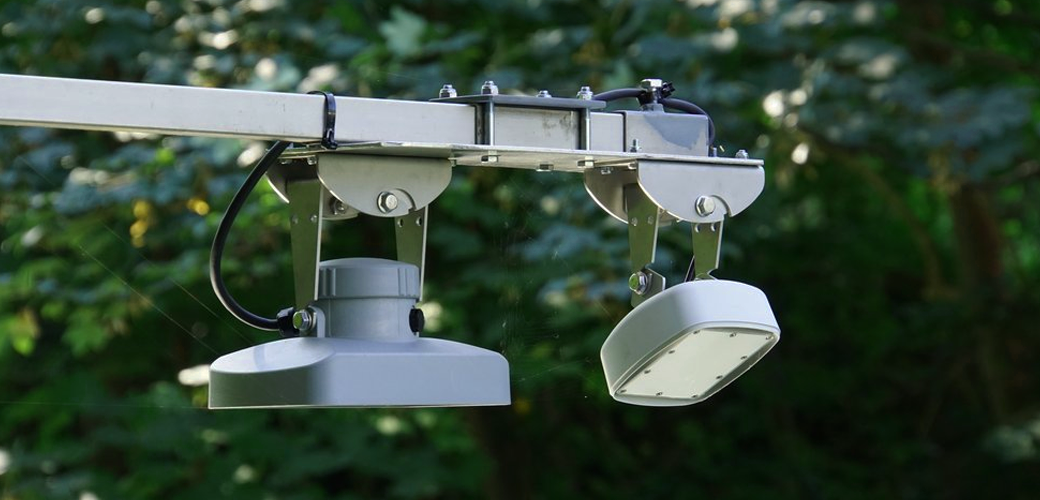At the Bad Aibling Triftbach water gauge in Rosenheim, Bavaria, the backwater caused by the Mangfall, a tributary of the Inn, during flooding is a major challenge. In such a case, the existing Stage Discharge relationship provides poor data. Sensors that work with the ultrasonic Doppler principle are unsuitable because the river is fed by discharge from a power plant so high aeration levels are regularly an issue.
The non-contact measurement of water level and flow velocity by means of radar has advantages especially in waters with high biological activity or large sediment loads and in case of flooding. As the sensors are not in the water, they are not clogged and require very little maintenance. In the event of flooding, the sensors are safe from damage from floating debris outside the body of water. In contrast to sensors based on the acoustic Doppler method, this solution also works with very turbid water, high sediment loads or high oxygen content and air bubbles, as is often the case with heavy rainfall and flood events.
The customer
On behalf of the Bavarian State Office for the Environment, WWA Rosenheim operates the gauge of the Bad Aibling Triftbach state measuring network – which has been in use for some time now.
The Project
The challenge at the gauge was to measure the flow safely and reliably even under challenging conditions. In 2018, the Triftbach gauge was to be equipped with new equipment:
- 1 OTT SVR 100 with accessories
- 1 OTT RLS 24 GHz with accessories
The existing water level measurement was supplemented by a flow measurement. The flow rate is now determined by measuring the surface velocity with the OTT SVR 100 (Surface Velocity Radar). In parallel, an OTT RLS (radar level sensor) determines the water level by means of radar measurement. Both sensors transfer the measurement data to the OTT netDL 1000 data logger. The data logger stores the calculation of the flow rate from the two measured variables. The flow rate is stored as a separate channel in the data logger and is available as a calculated value. By means of the OTT PRODIS software the flow calculation can be calibrated by comparison measurement at different water levels/flow rates. In the case where no comparison measurements are available, standard calibrations can be used.
The monitoring solution has a modular structure. This means that existing water level sensors and data loggers can continue to be used and a flow velocity measurement can be added cost-effectively.


The OTT SVR 100 is an important addition to the existing product portfolio for flow measurement and will in future make a major contribution to water monitoring and flood protection, especially in small and medium-sized water bodies. Due to the simple integration into existing systems, simple water level only stations can be easily retrofitted to measure flow.
Do you have a similar measuring point where flow measurements are not possible or only with great effort?



